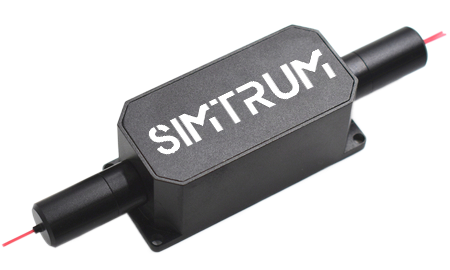|
|
 |
STHPMTIWDM-Customize
Customized High Power Isolator & Tap & WDM Hybrid (TGG Based) according to order information,Contact us for your choose
|
|
4-6 Weeks |
Request for quote |
|
|
|
 |
STHPITIWDM-Customize
Customized High Power Isolator & Tap & WDM Hybrid (TGG Based) according to order information,Contact us for your choose
|
|
4-6 Weeks |
Request for quote |
|